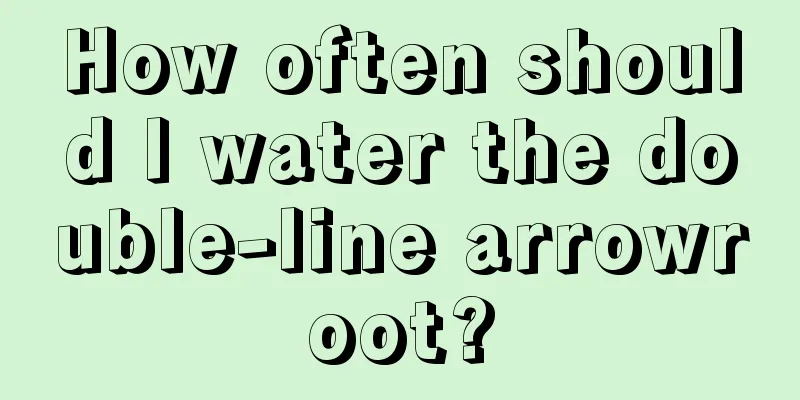Diseases and Pests of Euphorbia pulcherrima and Their Control

Physiological diseases of Euphorbia pulcherrimaFirst: No floweringAlthough the modified stems grow very luxuriantly, they do not bloom. This is caused by the physiological condition of the plant. If there is not enough sunlight and too much nitrogen fertilizer is applied, it will easily cause the leaves to grow too long, which is not conducive to the differentiation of flower buds. In addition, too much watering will prevent the full utilization of carbohydrates, which will cause the germination growth to stagnate. Second: Abnormal stem yellowingIf the abnormal stem turns yellow, it may develop into chlorosis or even burn the skin in severe cases. This is often caused by the incorrect placement of the flower pot, which is exposed to direct sunlight. Prevention and treatment methodsIn spring and autumn, be sure to place it outdoors in a sunny place for maintenance; In the hot summer, it should be placed in a well-ventilated, semi-shaded place to facilitate growth. In summer, you can also keep it in a place with scattered light indoors, but be sure to open the windows frequently for ventilation to help the plant breathe smoothly. We should also pay attention to preventing and controlling the damage caused by pests and diseases such as red spider mites and scale insects. Diseases and pests of Euphorbia pulcherrimaEuphorbia pulex often suffers from stem rot, brown spot disease and root-knot nematodes, all of which can cause damage to the plants, so timely prevention and control are necessary. Prevention and treatment methods For the damage caused by pests and diseases, you can directly spray with 1000 times diluted 50% carbendazim wettable powder; Root-knot nematodes can be controlled by watering with 1000 times diluted 80% dibromochloropropane emulsifiable concentrate. If ventilation is poor, it is more likely to be harmed by aphids, scale insects and red spiders. At this time, you can spray them with 1000 times diluted 50% carbofuran emulsifiable concentrate. |
>>: Diseases and Pests of Begonia and Their Control
Recommend
How long does it take for Haworthia stripeda to adapt to the pot?
Time for Haworthia striata to adapt to the pot No...
When and how to plant peppers
Pepper planting time The planting time of Sichuan...
How to sow kale
1. Sowing steps 1. Time: The most suitable time f...
Feed Clivia some of this, and it will bloom every year without fertilizer
Do not fertilize during flowering period Never ap...
When to sow morning glory?
The corolla of morning glory is funnel-shaped and...
How can you grow Kalanchoe well and make it bloom and bloom profusely?
Kalanchoe is a popular plant. It not only has bea...
What to do if the leaves of torch flower turn yellow
The yellowing of torch flower leaves is caused by...
How to care for and water June Snow?
The tree of June snow is small with sparse branch...
How to prune the branches and leaves of osmanthus and the best pruning method
The best time to prune an osmanthus tree is when ...
Why is the ball orchid not blooming?
1. Lack of light Reason: Hoya is a well-known sha...
How to water the succulent First Love
First Love watering method: Growth period: Its gr...
Everyone in the community grows chives. They sprout in 3 days and can be harvested in 10 days!
Planting chives on the balcony, you can harvest o...
How to grow bitter melon to get high yield?
Bitter melon is widely distributed and is grown i...
Where is the best wolfberry produced? Where in China is the best wolfberry produced?
Wolfberry is very common in our lives, and we oft...
What kind of fertilizer is good for bonsai base fertilizer (base fertilizer application method)
The role of bonsai base fertilizer Base fertilize...









